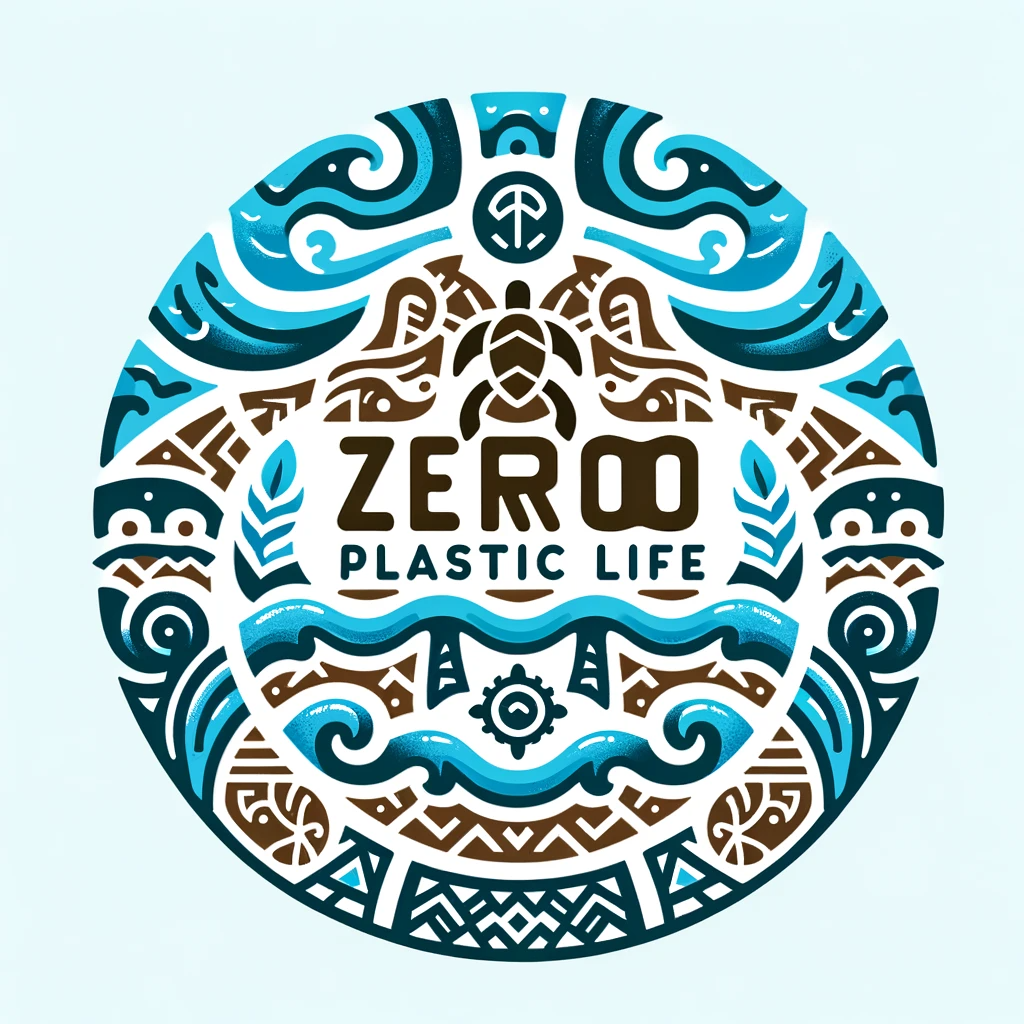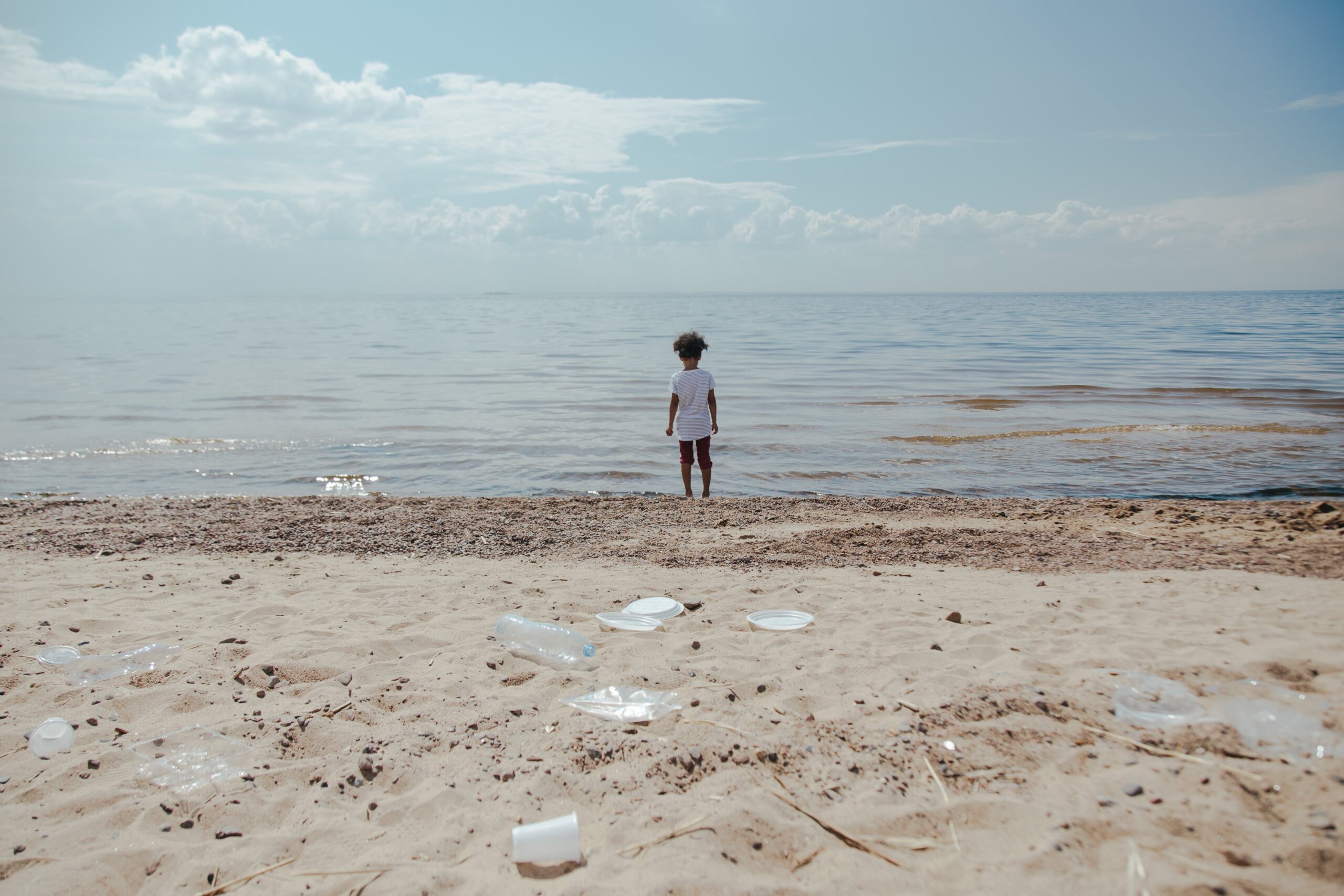When it comes to choosing materials for everyday use, the debate between plastic and silicone is increasingly coming to the fore. Both have their advantages and disadvantages, particularly from an environmental perspective. In our quest for a sustainable lifestyle, understanding the implications of each is crucial. So, let’s dive in and compare plastic and silicone across various environmental factors.
Environmental Impact and Breakdown
Plastic: Plastic is notorious for its long-term environmental impact, mainly because it can take hundreds of years to decompose. Most plastics are derived from petrochemicals and release harmful chemicals into the environment as they slowly break down.
Silicone: Silicone, while not biodegradable, is more inert and less likely to leach chemicals. However, it does not break down quickly either and can persist in the environment for a long time. The key difference is that silicone is generally more stable and less harmful over its lifecycle.
Recyclability and Ocean Impacts
Plastic: Plastic recycling is possible, but it’s often not straightforward due to the myriad of types and the contamination of materials. Moreover, not all plastic types are recyclable. Plastics that end up in the ocean cause significant harm to marine life and ecosystems, breaking into microplastics that are ingested by wildlife and enter the food chain.
Silicone: Silicone is recyclable, but it requires specialized recycling facilities that are not as widespread as those for plastics. In terms of ocean impact, silicone is less likely to break down into microplastics. However, like plastic, if silicone enters marine environments, it can become a persistent pollutant.
Reusability and Versatility
Plastic: While many plastic items are single-use, there are durable plastics designed for long-term use. The problem is that even these are prone to wear and tear and eventually end up in the waste stream.
Silicone: Silicone items are generally more durable and can withstand a wider range of temperatures. This makes them highly reusable, particularly in the kitchen where they can go from freezer to microwave to dishwasher without degrading.
Storage Uses and Safety
Plastic: Plastic containers have been the go-to for storage due to their lightweight nature and versatility. However, concerns over BPA and other harmful chemicals have led to a search for safer alternatives.
Silicone: Silicone storage solutions are increasingly popular as they are considered safer for food contact and do not contain BPA. Silicone can also seal better and is often more resistant to staining and odors.
Long-Term Sustainability
Plastic: The long-term sustainability of plastics is questionable. Even bioplastics, while a better option, have their issues, such as competing with food sources for raw materials and also requiring specific conditions to break down.
Silicone: Silicone is not a perfect material, but it tends to have a longer life and is arguably less impactful on a use-to-waste basis. It’s a more stable material that doesn’t degrade into harmful components.
Conclusion
Both plastic and silicone have their place in today’s consumer market, but when it comes to environmental impact, silicone often has the edge due to its durability, inertness, and lower toxicity. It’s important to note, however, that neither material is without its faults. The most sustainable choice ultimately depends on the context of use, availability of recycling options, and the possibility of reusability.
As consumers, we must consider the full lifecycle of the products we use. Reducing overall consumption, choosing reusable and high-quality items, and proper disposal remain key in minimizing our environmental footprint. Whether choosing silicone or plastic, the most eco-conscious decision is to use less, choose wisely, and think sustainability first.




